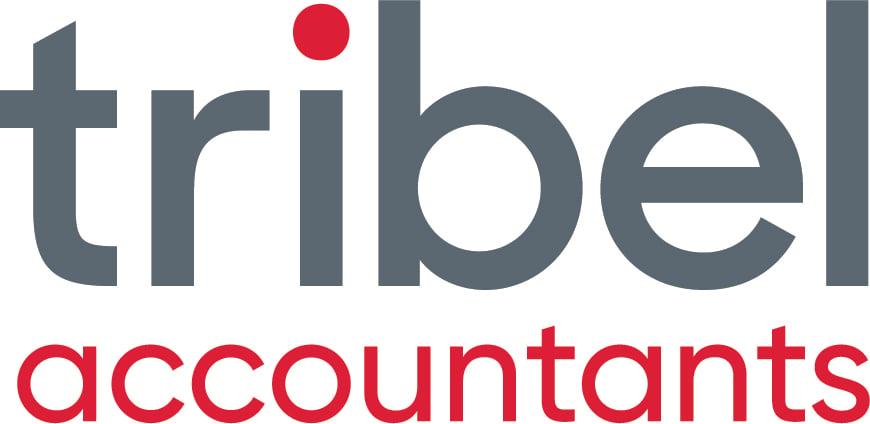INTRODUCTION:
Hang on. Who wants to lose money anyway but how is this possible to generate a positive cash flow?
Well now that I have your attention, just like it is possible to have negative cash flow when making a profit, the reverse is also true. Whether you are making money or losing money, in order to get cash in the bank you need to understand a term called marginal cash flow. This is simply working out whether you are collecting your cash more quickly than what you paying out over a period of time. As a business advisor one of the biggest questions I constanly get is "Where did my money go?".
Let me explain...

1. Debtor days lower
- Establish how long it takes to get paid on average;
- Change terms or insist on payment up-front or on delivery (why just accept 30 days?);
- Sack client/customers who are always slow;
- Offer a discount for payment upfront;
- Ask for a deposit on order;
- Invoice immediately (consider cloud accounting application like Xero - invoice on the & email off phone);
- Employ a debtors clerk - ring debtors daily.
2. Supplier days higher
- Establish how long it takes you pay your suppliers on average;
- Change terms to longer or insist on 30 days minimum
- Stick to trading terms (don't pay earlier).
3. Stock turns are quicker
- Order stock as purchased by customer (Dell Computers strategy);
- Offer better price to customers who order in advance due to impending price increase by suppliers;
- Look at seasonal requirements;
- Have a sale to clear slow moving items;
- Search for consignment stock opportunities;
- Have strong stock software intelligence (rather than a gut-feel/manual system).

4. Reduction in debt repayment strategies
- See if your bank will consider interest only;
- Negotiate better interest rates;
- Consider a private investor by giving up a share in the business;
- Spread out repayments over a longer term to match business growth & performance (good for start-ups or new business);
- Have repayments match receipts on a seasonal basis (popular with primary producers).

5. Reduction in drawings/dividends
- Review private spending (use Xero cashbook);
- Set private budget;
6. Cash Flow Forecast
- Get 3 way budgets done;
- Change settings above so you can see how much extra cash flows into the business.
CONCLUSION:
Understanding your marginal cash flow and improving your cash flow is crucial to business survival both in good times and in bad. Get your business advisors if necessary to do an analysis so you can ensure that it becomes positive rather than negative.
If times do get tough, having a positive inflow of cash makes it much easier to turn a loss into a profit rather than the other way around.


.png?width=100&height=100&name=COVID_Safe_Badge_Digital%20(002).png)



